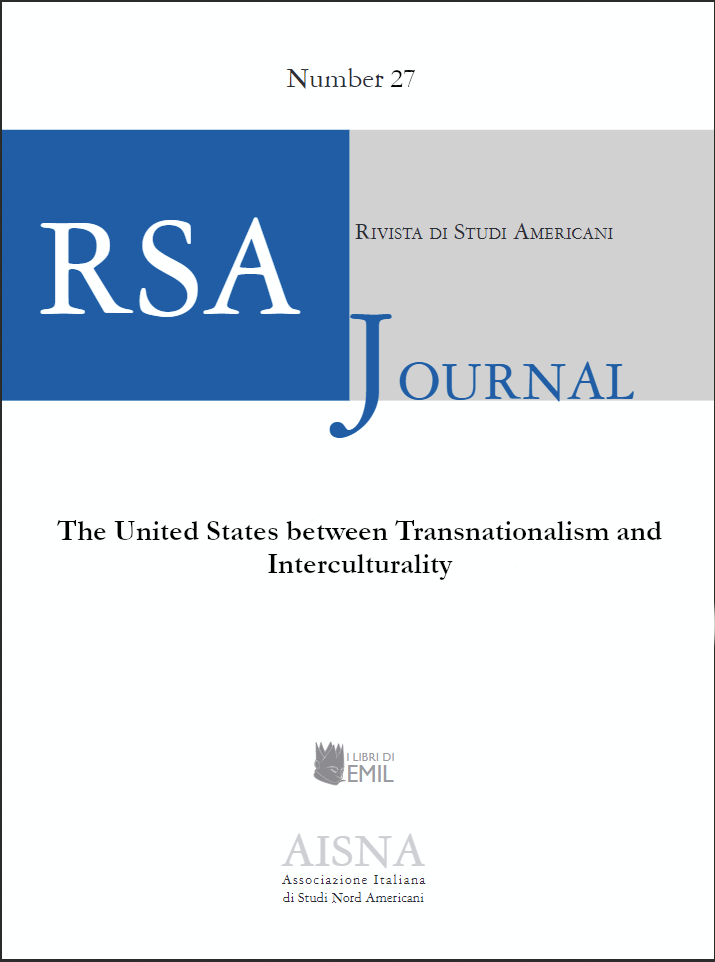Beyond the Immigrant Paradigm
New Italian American Identities and Communities
DOI:
https://doi.org/10.13135/1592-4467/8631Keywords:
Italian American identities, regionalism, immigrationAbstract
Until recently, Italian American identity seemed to be constructed with basic elements considered characteristic of two nations. But just how Italian were the immigrants, especially those who arrived in the U.S. before there was a unified Italian nation? What types of Italian were those who arrived after the establishment of an Italian geo-political nation? And how “American” have they become? These are questions that must be raised whenever we attempt to categorize Italian immigrant identities. The realities of regionalism as it affected everything from language use to behavior, along with the timing of U.S. immigration in relation to the establishment of geo-political Italy, all work to challenge any attempt to create a single, stable notion of Italian immigrant identity. This essay surveys the evolution of Italian American identity to show how this ethnic group has continually revised its notions of what we refer to when we speak of things Italian American, to point to some ideas that might help us imagine what these identities might look like in the future and to examine how those identities will form and be formed by new communities that have emerged since the earlier major waves of immigration. This essay proposes that new approaches to studying or understanding Italian American identity need to take into consideration areas beyond simple notions of ethnic identity by including explorations of how race, lifestyles, and social class affect the creation and maintenance of contemporary Italian American identities.
Downloads
Published
Issue
Section
License
RSAJournal will apply a CC BY 4.0 license to all its contributions starting with issue 37 (2026). Previous issues are licensed under a CC BY-NC-ND licence.





